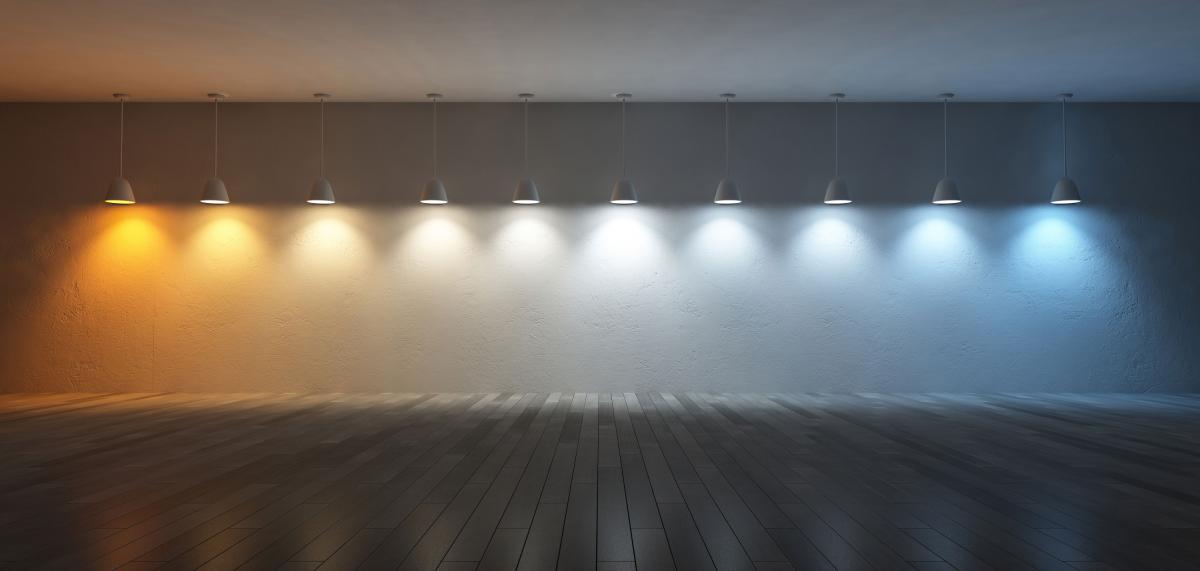
The Science of Spectral Lighting
What is light? Despite light being so fundamental to everyday life, this can be a surprisingly difficult question to answer. The quick internet search answer is electromagnetic radiation which is measured on an electromagnetic spectrum. To better understand how light and modern LEDs work, one must first understand the electromagnetic spectrum. The overall goal of this article is to explain the nature of the visible light spectrum, and subsequently illustrate the impacts of artificial light.
How Does the Light Spectrum Work?
Essentially, the visible light spectrum is “the segment of the electromagnetic spectrum that the human eye can view” (NASA Science). The electromagnetic spectrum encompasses every wavelength, from gamma rays and x-rays to microwaves and radio waves. The visible light segment actually falls between ultraviolet radiation and high-frequency microwaves. As a result, longer wavelengths (which fall towards the ultraviolet side) are red, orange, yellow, etc., and shift towards cooler colors the smaller the wavelengths get. One piece of imagery commonly used to exemplify the visible wavelengths is the prism. Using a prism and projected light, the wavelengths are refracted and divided into the full colors of the rainbow. If you’ve ever seen a rainbow, you’ve seen the full visible light spectrum being refracted through a prism--in this case, water in the atmosphere.
What is Blue Light?
Blue light is a specific range of wavelengths within the visible light spectrum. Known for producing large amounts of energy, blue light is utilized on a massive scale. From digital screens to fluorescent lighting, to the sun itself, blue light is everywhere. Recent studies have evidenced that overexposure to blue light can be harmful to human eyes. Furthermore blue light has shown detrimental effects on various ecological habitats, subsequently impacting animal migration and behavior, insects and diseases, and even plant cycles. Taking responsibility for the harsh lighting ignorantly implemented should be a priority.
Light Spectrum and LEDs
So what does the light spectrum have to do with LEDs, and how can it prevent the conflicts introduced by blue light? Formerly, lights were designed with a singular purpose: to provide light. Little regard was given to the quality or impacts of inefficient and insufficient lighting. With recent technological advancements, however, lighting solutions have progressed. Now, one must consider artificial light’s effect on the environment, people’s psychology, and society as a whole before implementation. At CWES, our primary concern is avoiding the mistakes caused by blue light and developing products that provide solutions. One way of achieving this is spectral lighting. Through LEDs and blue light suppression technology, lights can now take further control of the visible light spectrum, provide comparable lighting levels while simultaneously reducing the blue light content.